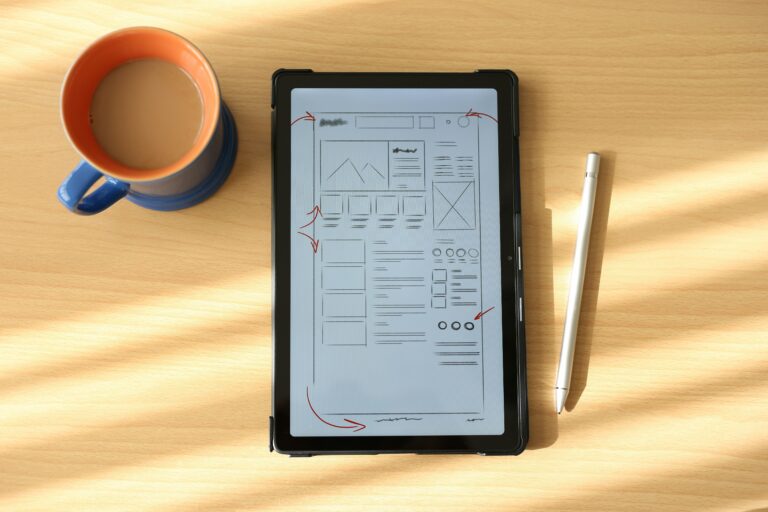In addition to having a degree or certification in a related field, such as graphic design, web design, or computer science, here are some of the most important skills that employers are looking for in a User Interface Designer:
Design skills: UI Designers must have strong design skills, including a keen eye for typography, layout, colour theory, and composition. They should be proficient in industry-standard design tools such as Adobe Photoshop, Illustrator, and Sketch, as well as prototyping tools like Figma or InVision.
User experience (UX) design: While UX design is a separate role, having a good understanding of UX design principles is important for UI designers. They need to be familiar with user research, usability testing, and information architecture to ensure that the UI design supports the overall user experience.
HTML/CSS/JavaScript: While User Interface Designers may not be responsible for writing code, having a good understanding of HTML, CSS, and JavaScript is essential for creating functional prototypes and working effectively with developers.
Communication skills: UI Designers must be able to effectively communicate their design ideas and work collaboratively with other designers, developers, and stakeholders. This includes being able to give and receive constructive feedback and being able to articulate design decisions.
Attention to detail: User Interface Designers must have a keen eye for detail, ensuring that every aspect of the UI design is consistent, aligned, and visually appealing.
Time management: UI Designers must be able to manage their time effectively, working on multiple projects simultaneously and meeting deadlines.
Adaptability: User Interface Designers must be able to adapt to changing design trends, emerging technologies, and evolving user needs.
Creative problem-solving: User Interface Designers must be able to approach design problems creatively and come up with innovative solutions that balance user needs, business goals, and technical constraints.



